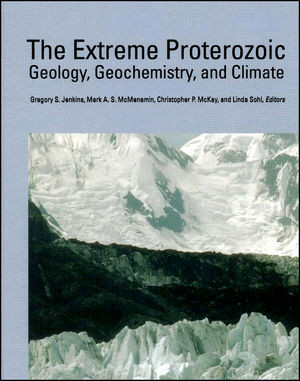

Most ebook files are in PDF format, so you can easily read them using various software such as Foxit Reader or directly on the Google Chrome browser.
Some ebook files are released by publishers in other formats such as .awz, .mobi, .epub, .fb2, etc. You may need to install specific software to read these formats on mobile/PC, such as Calibre.
Please read the tutorial at this link: https://ebookbell.com/faq
We offer FREE conversion to the popular formats you request; however, this may take some time. Therefore, right after payment, please email us, and we will try to provide the service as quickly as possible.
For some exceptional file formats or broken links (if any), please refrain from opening any disputes. Instead, email us first, and we will try to assist within a maximum of 6 hours.
EbookBell Team

4.0
36 reviewsPublished by the American Geophysical Union as part of the Geophysical Monograph Series.
Earth climate is uniquely determined at any time by the varied interactions of its components: lithosphere, biosphere, atmosphere, hydrosphere (ocean, lakes and rivers) and cryosphere. Over the past 544 million years (the Phanerozoic Eon), these components of the climate system have undergone significant changes but perhaps none more extreme than in the Proterozoic Era (2.5 G-544 Ma) With at least three periods with low-latitude glacial deposits (during the Palaeoproterozoic and Neoproterozoic), the cryosphere may have dominated the earth's surface, possibly the only such event in earth's history. Indeed, if the Earth had an obliquity similar to the present (23.45), then low-latitude glaciation could represent a nearly ice- and snow-covered globe. Effects would have been multiform: The influence of the hydrosphere would have been at a minimum and most living organisms would have been confined to small areas of open ocean if they existed at all, or possibly near hydrothermal vents. The atmosphere would have been very dry and nearly cloud-free.Content: